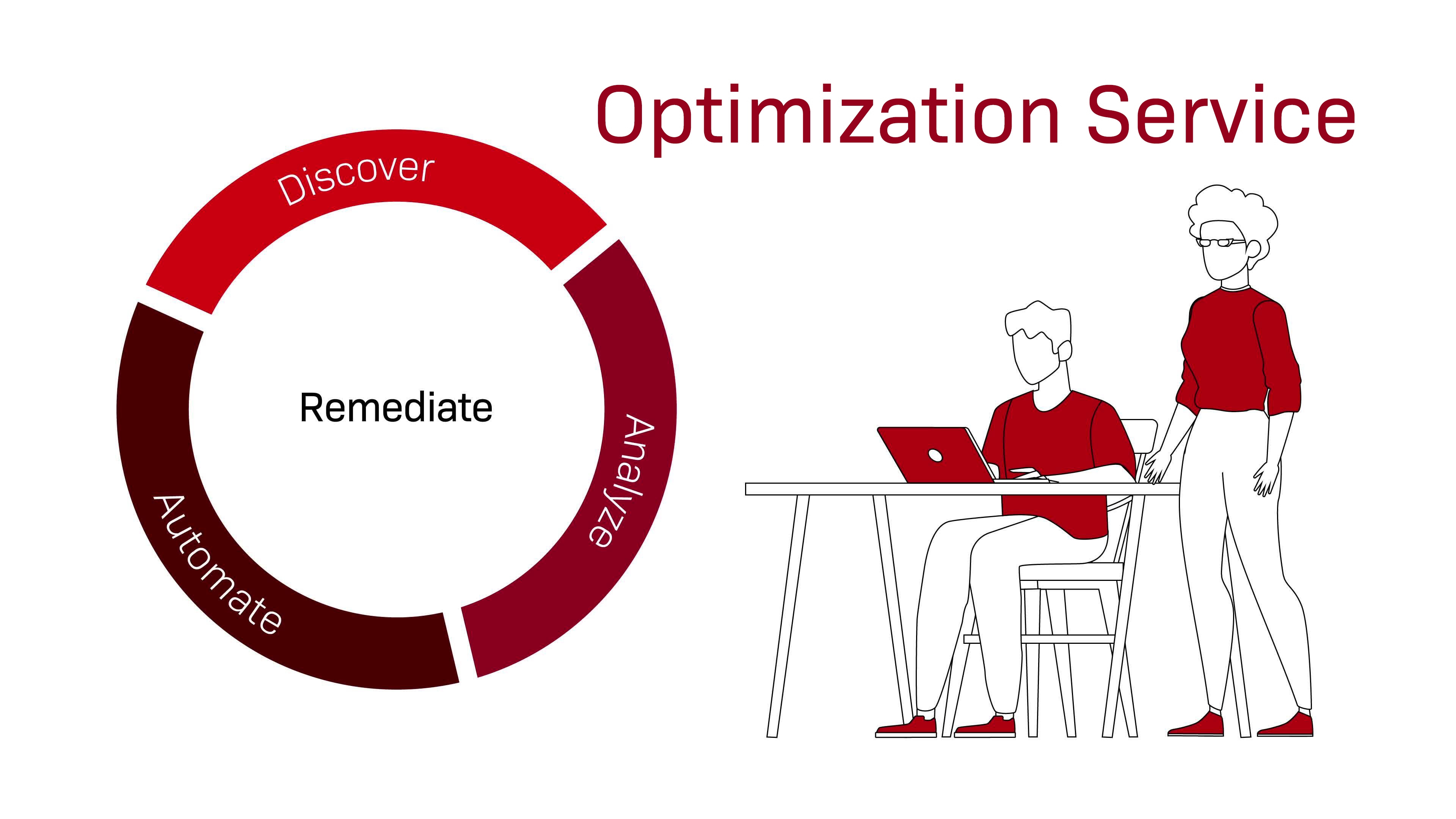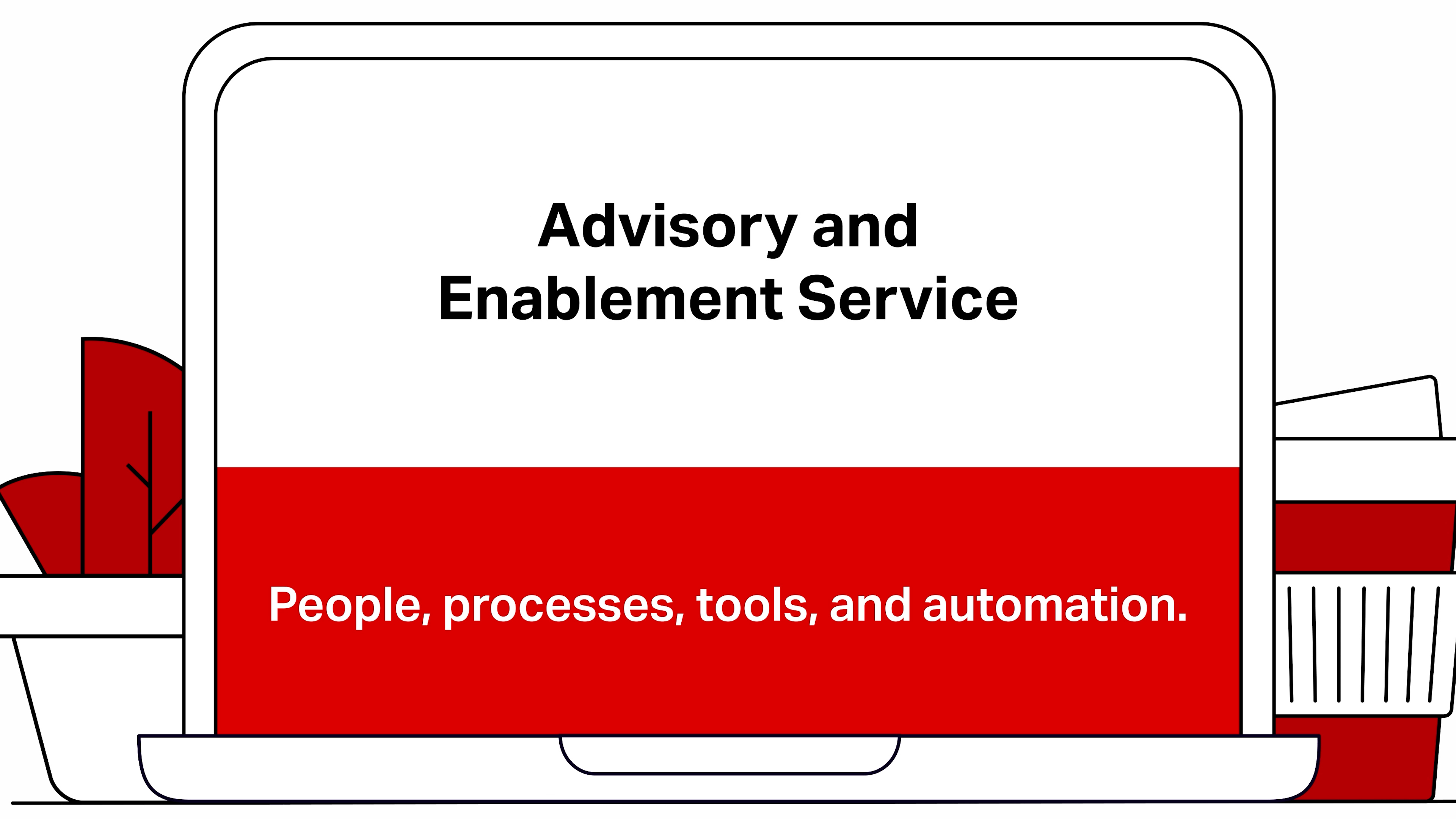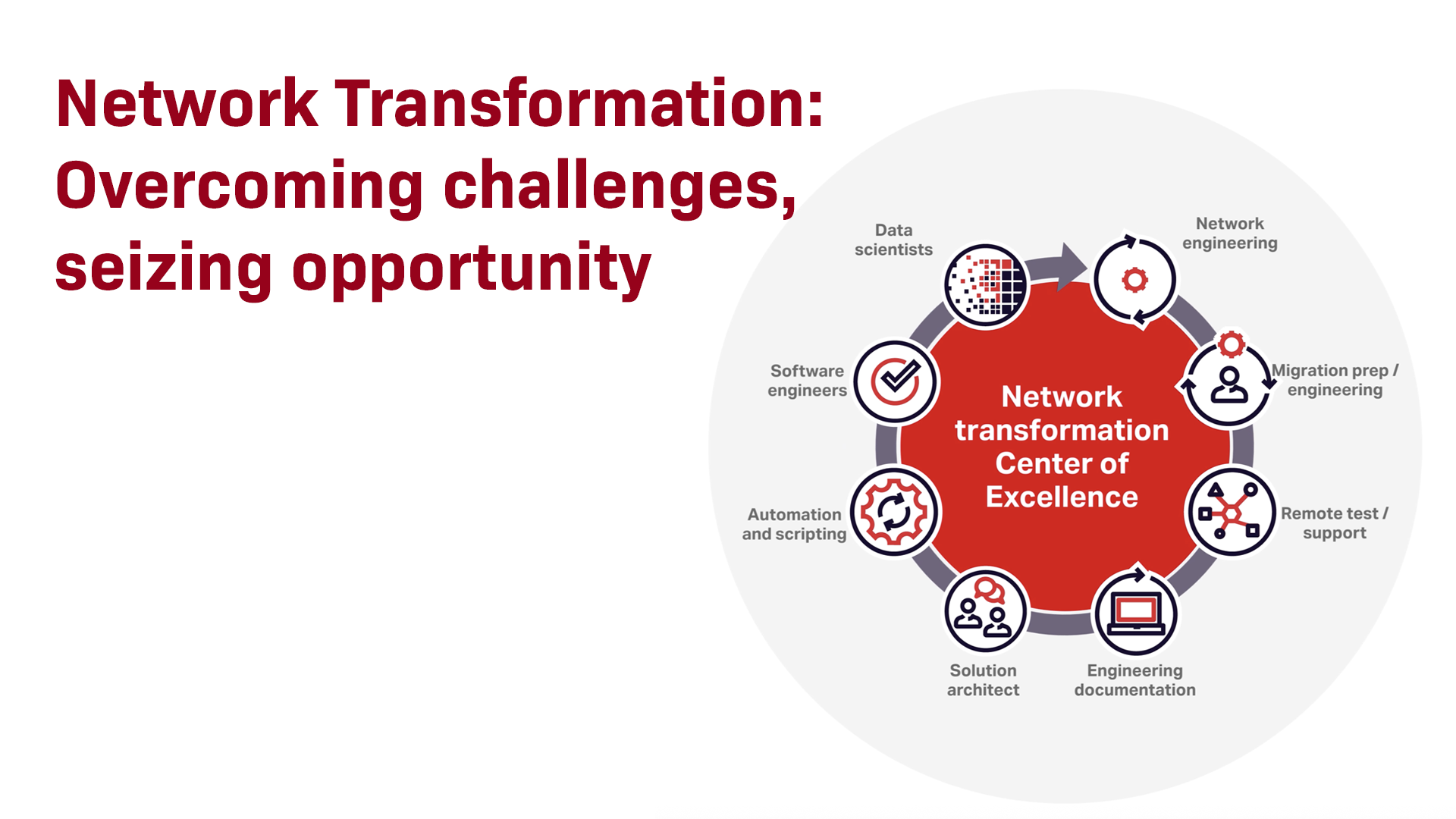Top 4 reasons to transform your network now
Demand for worldwide network resources is at an all-time high. The enthusiasm for network services is driven by innovation. Entertainment companies are pushing the boundaries of streaming video and gaming, and the universe of the Internet of Things multiplies weekly. And network demand isn’t limited to consumers. Businesses are moving more and more critical services to the cloud, and the need for ultra-low-latency edge computing applications is driving the adoption of 5G.
Consequently, network operators see the demand and imagine the future possibilities, and are striving to bring the future to their networks today. But they also know their networks and understand the requirement to modernize their infrastructure to stay ahead of the increasing demand. They must:
- Supply more and better bandwidth
- Ensure network and service reliability
- Simplify operations and reduce costs
- Support sustainability initiatives
These are compelling forces of change for network operators.
Supplying More and Better Bandwidth
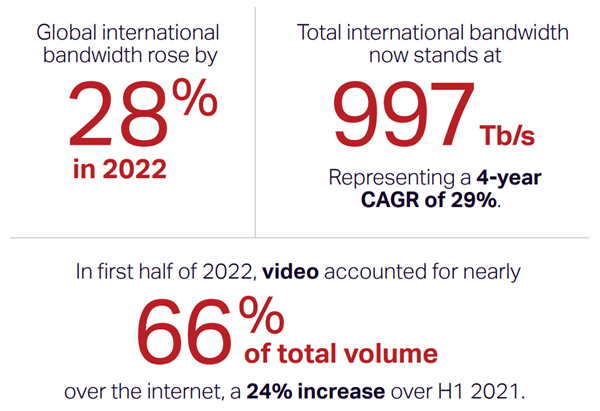 Bandwidth demands from customers are skyrocketing. Global international internet bandwidth rose by 28% in 2022, with total international bandwidth now stands at 997 Tbps. So much of this is video – representing a hefty 65.93% of total volume over the Internet in the first half of 2022.
Bandwidth demands from customers are skyrocketing. Global international internet bandwidth rose by 28% in 2022, with total international bandwidth now stands at 997 Tbps. So much of this is video – representing a hefty 65.93% of total volume over the Internet in the first half of 2022.
But it is also so much more. With the advent of 5G applications that require high reliability and ultra-low latency and the Internet of Things (IoT) connecting billions of sensors in wearables, smart homes, cities, and more, the pressure on networks is intensifying. Add to this the emerging metaverse, which will further multiply these demands, and your networks must be prepared to handle this massive, aggregated traffic.
Ensuring Network and Service Reliability
Legacy networks teeter on the brink of disaster as bandwidth demand pushes them to their limits. But we might keep telling ourselves we can do a few more things and improve performance and reliability, trying to save some money. We have all been there, striving to get the most out of a trusted old device or appliance, even when you know it is time to upgrade.

The hidden risks of legacy network gear.
The same applies to our networks. Legacy networks are built on products nearing the end of life (or past it), replacement parts are difficult to source, and even finding technicians with the knowledge to maintain the systems is challenging. Legacy networks are past the point of being profitable to keep. They have exceeded their limits, threatening your ability to support your customers.
Playing chicken with your network’s infrastructure puts your company at risk. The time is ripe to make the needed investments.
Simplifying Operations and Reducing Cost
Never mind the capacity limits and service reliability. Legacy networks have complex operational workflows that increase staffing requirements, can cause delayed service provisioning, and hinder troubleshooting, increasing operating costs. To remain competitive and profitable, you must increase your capacity and improve operational efficiency, all while reducing per-bit transport costs.
Supporting Sustainability Initiatives
Sustainability is a shared concern. Your organization recognizes its importance, customers and enterprises want to do business with suppliers who reflect their values, and governments worldwide are enacting ambitious sustainability requirements.
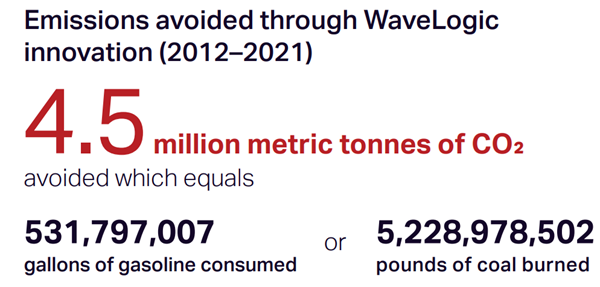 Consequently, many network providers have committed to meeting ambitious sustainability goals based on Science Based Targets to do their part keeping global warming in check. Unfortunately, legacy networks can prevent providers from achieving these sustainability goals.
Consequently, many network providers have committed to meeting ambitious sustainability goals based on Science Based Targets to do their part keeping global warming in check. Unfortunately, legacy networks can prevent providers from achieving these sustainability goals.
Thankfully, next-gen networks significantly contribute to sustainability initiatives by consuming significantly less power per bit and having a much smaller form factor that requires fewer raw materials and weighs less, reducing emissions from shipping and packaging.
How can you transform your network?
The question now is, how can communications, content, and cloud providers pull this off?
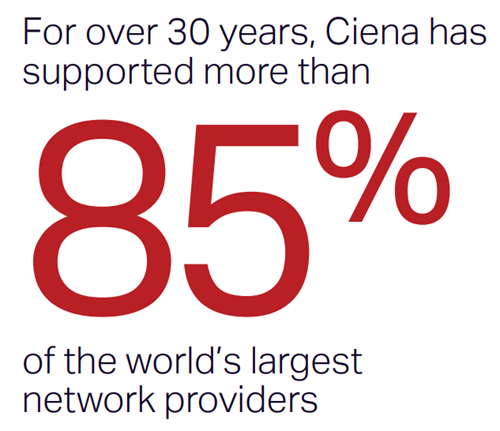 Network transformation can be overwhelming, but it doesn’t need to be. Multiple approaches are customizable to what you need — from addressing problem areas in your network today to creating a complete program to address strategic needs now and into the future. Professional services firms can help by providing skilled teams who understand the challenges and can pinpoint the lowest-risk approach while maximizing ROI. They can bring in as much expertise as is required, allowing your team to focus on running and maintaining the current network during the transformation.
Network transformation can be overwhelming, but it doesn’t need to be. Multiple approaches are customizable to what you need — from addressing problem areas in your network today to creating a complete program to address strategic needs now and into the future. Professional services firms can help by providing skilled teams who understand the challenges and can pinpoint the lowest-risk approach while maximizing ROI. They can bring in as much expertise as is required, allowing your team to focus on running and maintaining the current network during the transformation.
The key is selecting a trusted partner who can help you navigate the complexities and opportunities of network transformation.
Ciena’s new eBook, Network Transformation Here and Now: Accelerate Your Journey to the Adaptive Network™, can help you begin the network transformation process. It explores the challenges facing service providers and blockers that stifle transformation. We also share a well-proven methodology for network transformation projects that allows providers to embrace these projects with the confidence that the process will be smooth and seamless and mitigate risk.
We hope it will help you with your network’s transformation. Download your copy below.






